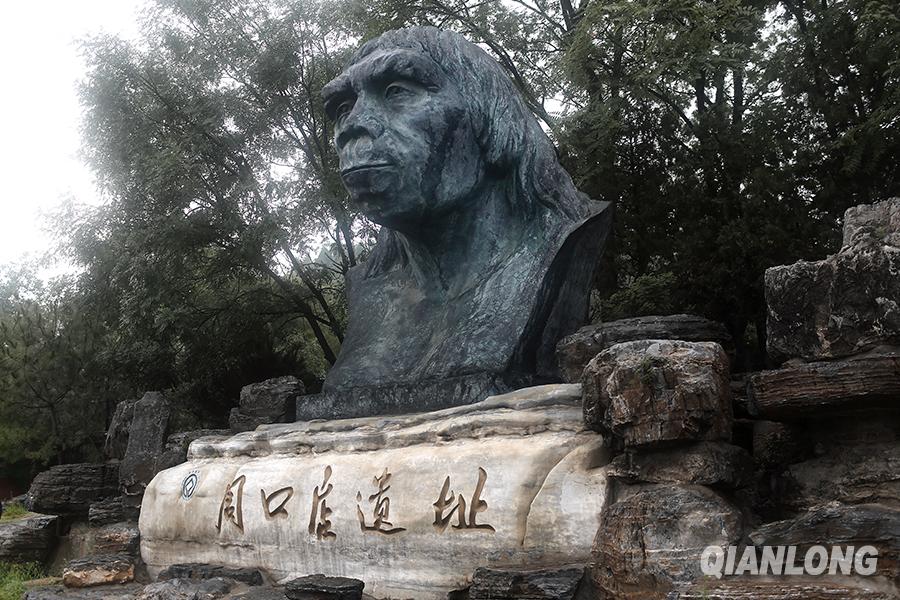

Zhoukoudian is a famous prehistoric site containing ancient human and animal fossils, and unearthed cultural relics of great value.
The site of Peking Man is located southwest of Zhoukoudian in Beijing's Fangshan district, about 50 km from the center of the city. Located in the North China Plain and bordered by the Taihang Mountains, its geographical coordinates are of latitude 39 °41 ', and longitude 115 °51'.
After half a century of excavations, all kinds of fossils and cultural relic sites have been found on 27 different occasions. Their geological ages date from the early to late Pliocene-Pleistocene period, ranging from five million years ago, to ten thousand years ago.
The skull fossil of Peking Man found at Zhoukoudian marked the site as the world-famous birthplace of early humans beings. 2014 is not only the 85th anniversary of the discovery of Peking Man, but also witnessed China Fangshan Geopark's bid for a re-evaluation by UNESCO and the county's efforts to bid to host the annual World Heritage Conference.
Zhoukoudian contains the richest, most complete and most valuable remains of ancient human beings in any paleontological site of the same period of time. It has been a geological research base for paleontology and paleoanthropology, as well as paleolithic archeology and other disciplines in China.
Zhoukoudian's Ape Cave, located on the northeast slope of the mountain, is one of the most important sites there. Since 1921, excavations have unearthed more than 200 fossil remains of Peking Man belonging to more than 40 individuals of different ages and sex, in addition to nearly 100 stone tools, 98 types of mammalian fossils, and 62 kinds of bird fossils. The cave is thus an important location for scholars specialized in ancient anthropology.
The architectural style fully reflects Zhoukoudian's site culture and features elemental symbols such as using stone as the theme, designed to approximate the shape of a triangular arrangement that resembles Peking Man's creation of stone scrapers. The layout, materials, color, and form are all designed to suit the surrounding environment.
On Dec 31, 2012, construction of a monitoring center for Peking Man Site at Zhoukoudian was formally started, giving the site a dynamic information, monitoring and early warning system.
 |
|
Photo taken on Aug 13, 2014 shows the Peking Man Site at Zhoukoudian in Beijing. [Photo by Wang Zibin/Qianlong.com] |